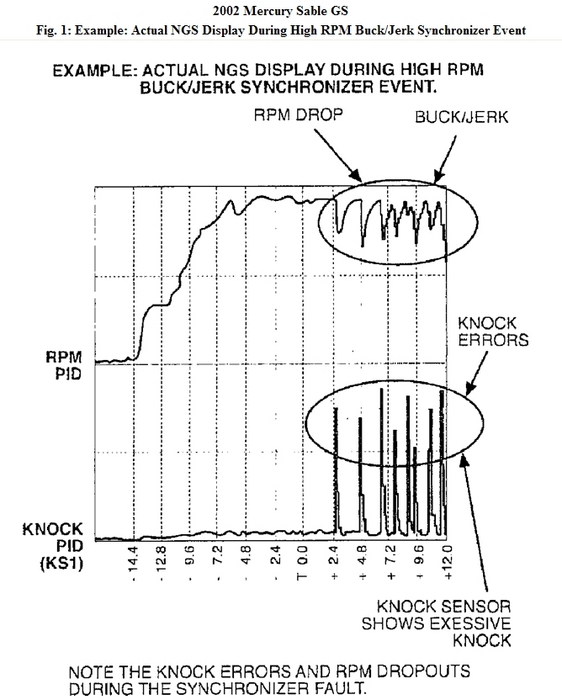My main problem is the car will sometimes stall after freeway drives. The other main symptom is at about 3200 - 3600 RPM on the freeway the car cuts out.
I took it to the dealer and of course they said the new fuel pump is bad and I should have one installed for $750. The problem is I cannot see two fuel pumps failing in exactly the same fashion. And if it was a fuel delivery why does it only occur when hot. The pump isn't going to get hot, drop pressure, and then spring back to life all the way up to 6000 rpms.
I plan on changing the Oil and temp switches because I believe the problem is caused by some other components or connections that are failing when it warms up and it either opens the fuel loop or maybe is shutting the ignition off. I may also try the fuel cutoff switch in the trunk. Will also look for a fuel relay and replace it if there is one.
I have taken this car to the dealer and they said it needs a new fuel pump, and a new cam sensor setup, pcm reprogram, trans service, brake flush, and a brake inspection. HAHAHA
Its amazing. The tech had a p191 code and a p1233 code. I have literally beat this car into submission and no code. Seriously I can watch the fuel loop open three or four frames open the freeway no codes, when it stalls six times in a row at Idle after a freeway drive agian no codes. After I replaced each part and performance did not change and no codes. On two devices. No pending or anything. I did see the code after service looked at it so maybe they have a special tool that displays codes when no other tool will and then it allows both of your readers to magically read the code. Or they held the reset button\pulled a connection to generate the code. Of course resetting the code makes it go away and never come back.
I need to know if there is an RPM limiter that could be bad, if the transmission sensors can open the fuel loop or cut ignition systems, or if there is something else I can look at. I would really appreciate any suggestions.
Monday, January 24th, 2011 AT 7:50 PM



